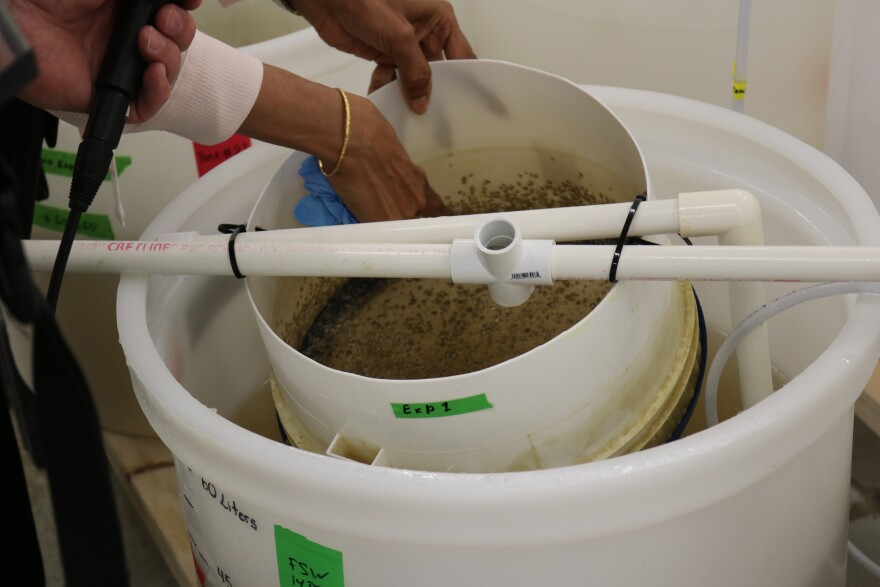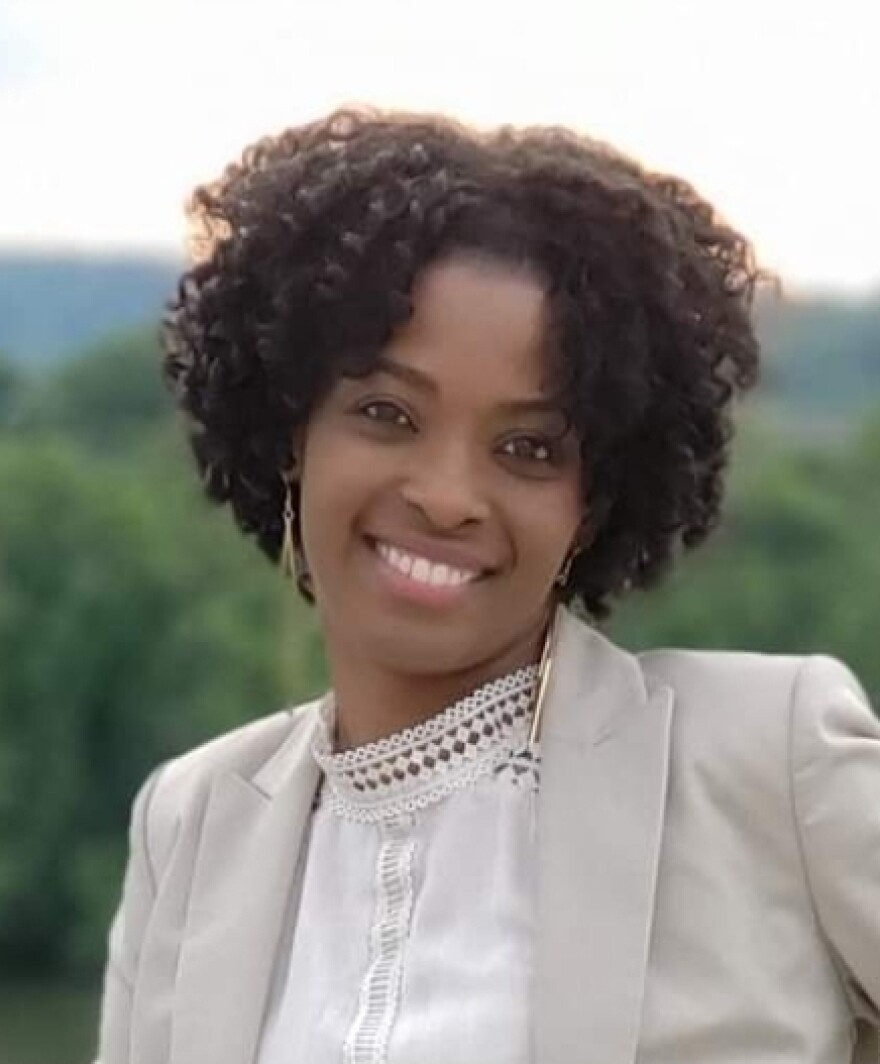For years, the study of environmental sciences has taken place in an overwhelmingly white world. While African Americans make up about 13% of the U.S. population, they receive fewer than 3% of environmental science degrees annually, according to a 2020 Data USA study. Now, officials at Morgan State University, a historically Black institution, are trying to change that. The university was granted $1 million to study microplastics in Chesapeake Bay for the next three years which is an opportunity to train more Black environmental scientists.
The study is being done at the Patuxent Environmental and Aquatic Research Lab, known as PEARL, on the grounds of Jefferson-Patterson Park in Calvert County, some 80 miles south of Morgan’s Baltimore campus.
Willie May, Morgan’s vice president for research and economic development, calls the lab “a resource that we have not taken as much advantage of as we can.”
While Morgan is a prominent HBCU, most of the staff at PEARL doesn’t “look like me,” he said. “And given that we have this great facility down there, we needed to make sure that we expose the main student body to some of the programs that we have.”
Scott Knoche, director of the lab, calls it a “pipeline problem.”
“The figures are really stark and depressing; something like, I think 2.6% of environmental science PhD holders are black or African American,” he says. “And, you know, we're making small but important inroads into changing that.”
The university has put together state and federal grants to support more than 33 active research projects at PEARL, including the microplastics study, which is funded by the National Science Foundation.
Microplastics leach into the water system from massive matted debris patches of plastic water jugs, cups, carry out containers and abandoned fishing nets polluting the world’s oceans. They’re tiny pieces – smaller than a sesame seed – that have flaked off from the mats and become easy pickings for fish and other aquatic creatures.
Scientists at PEARL, near the mouth of the Patuxent River, have lined up four five-gallon plastic buckets among the larger vats in a basement hatchery with lines pumping oxygen into the water. Thousands of tiny oyster larvae float free in two of the buckets. In the other two, they are mixed with microplastics.

Sulakshana Bhatt, a post-doctoral research associate, said they are trying to determine what effect microplastics have on the growth and survival of the oysters.
“So we will analyze the effect of the microplastic in a month,” she said “and see how much are surviving in this one compared to that.”
What they’ve found so far, is the microplastics slow the growth of the larvae, she said.
Scientists also want to know just how much microplastic an oyster lover might consume. Chunlei Fan, director of the project, said they haven’t gotten that far yet. That will have to wait until the oysters reach market size.
That will give them some idea of how much microplastic a human “can potentially take in by eating the oyster,” he said.
Carol Smith, a PhD candidate, is among five grad students in the microplastics program making inroads into what Knoche called that pipeline problem. She grew up on Long Island, where her father took her fishing and where she was taken with jellyfish.
“I just find them fascinating creatures. They've been around for almost 600 million years,” she said. “And there's an endless abundance of knowledge we can gain from them.”
For one thing, she says she’s found they can be vectors for contaminants. Now, she’s studying microplastics in jellyfish and learning that microplastics in the jellyfish absorb contaminants.
She says it’s important for African Americans to be involved in environmental sciences as role models. She points to Ashanti Johnson, one of the first Black women to become a chemical oceanographer who is one of her heroes and has agreed to be on her dissertation committee.
“I definitely think that having a representation of Black women and Black men in the field gives the children, those who are even slightly interested, a chance to move forward in their questions about the marine environment,” she said.
Tameka Taylor, another PhD candidate in the microplastics project, started her undergraduate work in chemistry at Morgan, but finished at Towson University, where she could study environmental chemistry. She says she was influenced by an environmental science teacher there.
‘At that time, you're talking 2008, 2007,” Taylor recalls, “Morgan didn't have this environmental science program that they have now. And I love Morgan. So, I decided to come back to Morgan for my PhD work.”
She says she’s well aware that communities of color frequently bear the brunt of environmental problems and that scientists in the field need to do more outreach to those communities, especially to the young people.
“Getting children while they're young, getting them engaged and interested in science fairs, and specifically targeting environmental science with elementary aged students would be a great way to get kids interested and aware,” she said. “Namely, people of color.

May, the Morgan vice president, says that’s part of the overall plan to make a dent in the pipeline problem. The university is using some of that grant money to create summers at the Bay programs. They’ll have two groups of Baltimore City students spend time at the lab on the Patuxent taking part in research “to get an idea of what research,” he explains.
“It's not this mystical thing. They can visualize themselves doing research and research that is relevant to addressing problems of the human condition,” May said. “They can see themselves doing this as a career option.”
Kids want to do stuff that’s cool, he said. And the Morgan faculty wants to show those students that research is not only cool, but it’s relevant.
“It's relevant and can help us address some of the issues that we have in this country and globally, and they can be a part of the solution to those problems,” he said.
In addition to the state and federal grants, Morgan used part of its share of the $577 million settlement in the federal lawsuit that accused Maryland of providing inequitable resources to its four historically Black colleges and universities to pay for the programs.
May convened a blue-ribbon panel to decide what to do with the money that would set Morgan apart not just from HBCUs, but the rest of academia. And one thing they kept coming back to, he recalled, was climate change; not that they could reverse it, but that they could come up with programs to deal with it and mitigate its impacts.
“So the particular niche for Morgan, we thought, was this area of coastal risks, science and resilience, because the state of Maryland has more coastline per unit area than any state in the union,” May explained.
That led to the creation of a Bachelor of Science program in coastal science and policy that is to start next year and more research and experiments at the lab on the Patuxent to attract more students who, as May put it, “look like me.”






